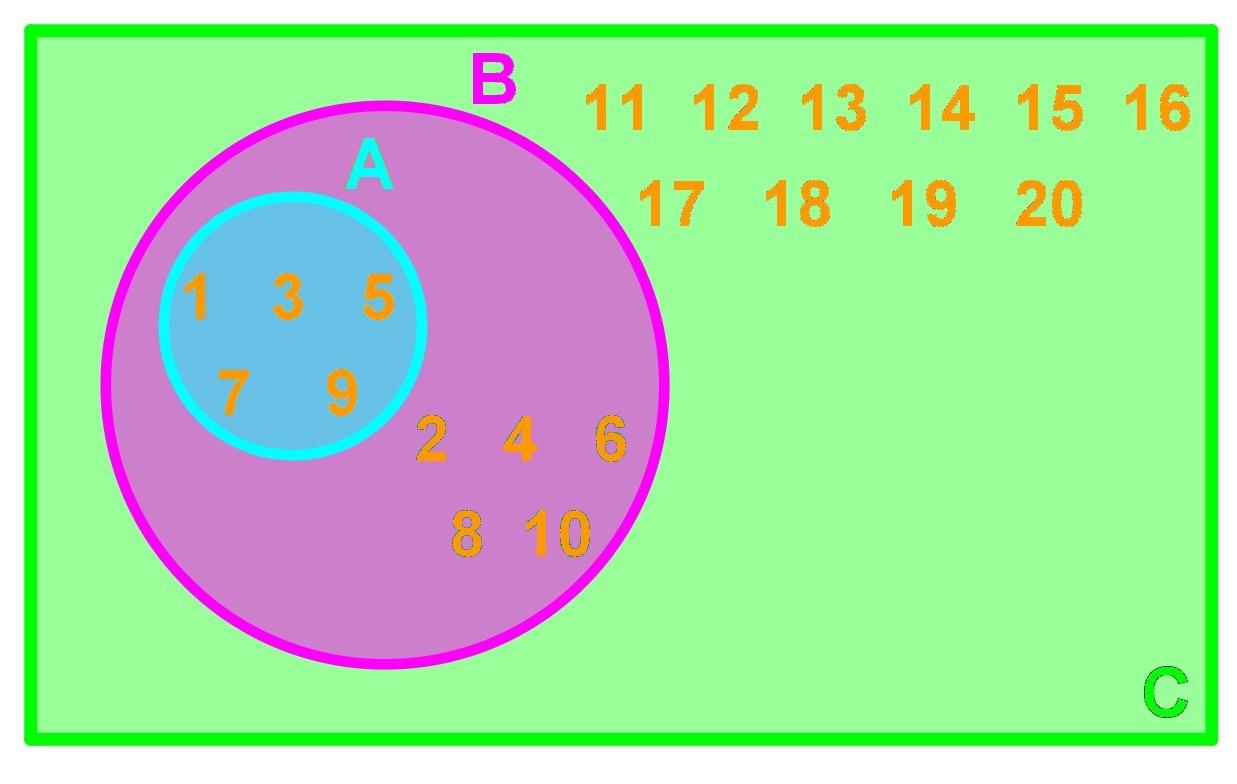In this lesson, we will learn:
- Drawing Venn Diagrams With Sets
- Understanding How to Use Set Notation
- Drawing and Interpreting Venn Diagrams
Notes:
Here are some terms that we need to know for set notations:
Set: A list of objects or numbers.
Element: An object or a number in a set.
n(): The number of elements in set .
Subset: A set where all its elements belong to another set.
Universal Set: A set of all elements in a particular context.
Empty Set: A set with no elements.
Disjoint: Two or more sets that do not have any elements in common.
Mutually Exclusive: Two or more events that cannot happen simultaneously.
Finite Set: A set with a finite number of elements.
Infinite Set: A set with an infinite number of elements.
Complement: The list of remaining elements in the universal set that is not in the mentioned set. If is a set. Then we defined the complement to be or .







